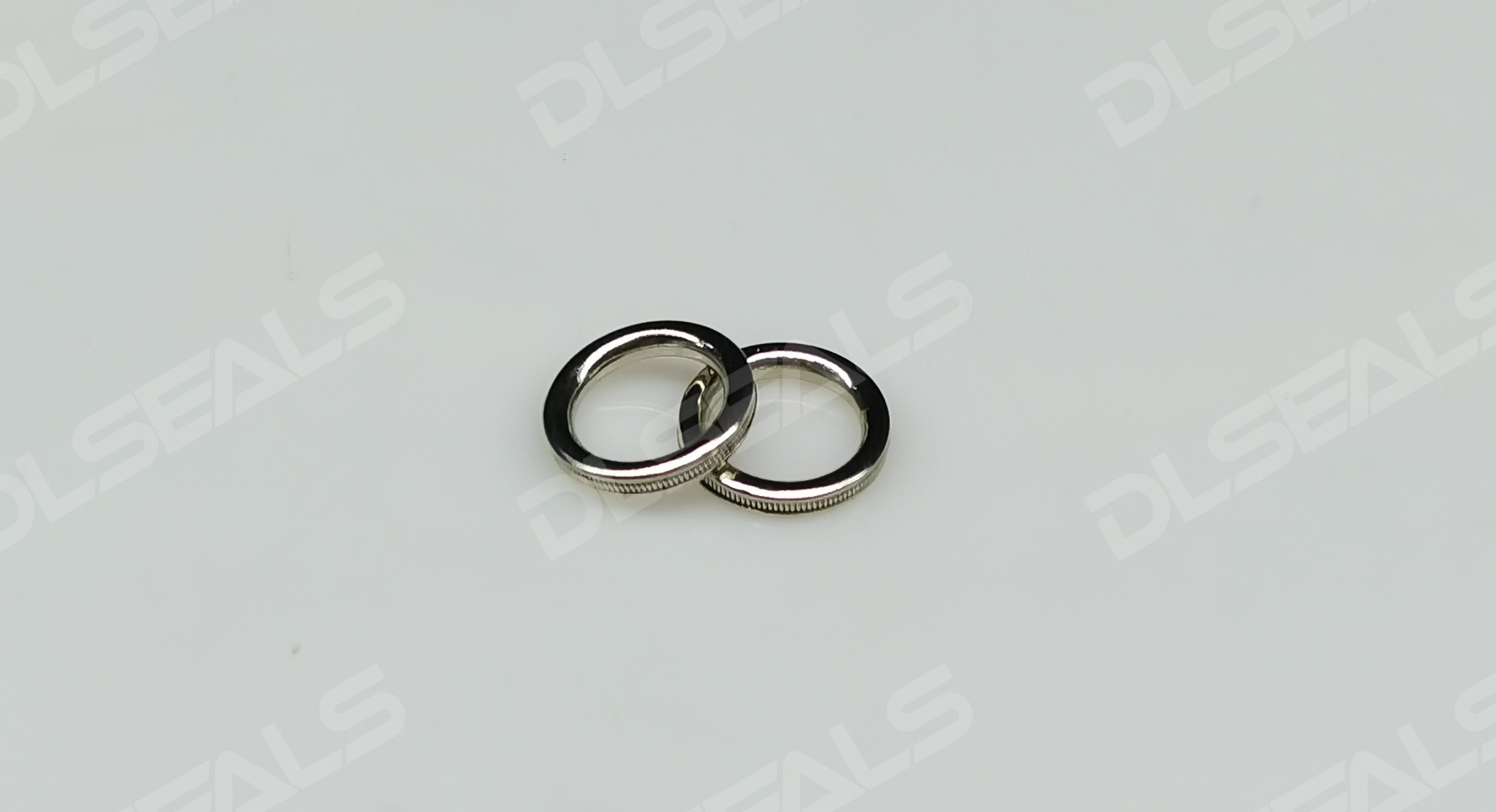Metal seals are indispensable sealing components in industrial equipment, and their performance is directly related to the stable operation and safety of the equipment. However, in humid, high temperature or corrosive environments, rust (iron oxide) often appears on the surface of metal seals. Do these seemingly inconspicuous rust spots really affect the sealing performance? This article will explore the causes, hazards and countermeasures of rust in depth.
Causes and potential threats of rust
Rust is the product of oxidation reaction between metal (especially iron-based materials) and oxygen and moisture. When the seal is exposed to humid, acidic or high temperature and high humidity environment for a long time, a rust layer is easily formed on the surface. In addition, if the material itself is not corrosion-resistant enough (such as ordinary carbon steel), or the surface protective layer (such as plating, coating) is damaged, it will also accelerate the rust process.
The hidden dangers brought by rust include:
Increased surface roughness: The rust layer will make the sealing surface uneven, destroy the original finish, cause the seal to not fit tightly with the contact surface, and cause leakage.
Deterioration of mechanical properties: Rust will weaken the elasticity and tensile strength of the metal, making the seal ring more likely to deform or even break under high pressure or vibration.
Dynamic seal failure: In rotating or reciprocating motion scenarios, rust may increase the friction coefficient, causing abnormal wear or jamming.
Direct impact of rust on sealing performance
Increased risk of leakage
Surface cracks or peeling caused by rust will form tiny gaps, which become channels for liquid or gas leakage.
In high-pressure systems, rust may cause stress concentration and accelerate fatigue failure of the seal ring.
Corrosion resistance degradation
The porous structure of rust will absorb corrosive media (such as acid and salt spray), accelerating chemical corrosion or electrochemical corrosion of the metal matrix.
For example, after the rusted seal ring in the chemical pipeline contacts strong acid, it may cause serious leakage accidents due to local corrosion perforation.
Reduced temperature adaptability
Rust will change the thermal expansion characteristics of the metal. At high temperatures, the seal ring may fail to seal due to local deformation.
Key factors affecting rust damage
Material selection
Preferred corrosion-resistant materials: such as stainless steel (316L), Hastelloy or titanium alloy, can greatly reduce rust generation.
Surface modification technology: Chrome plating, nitriding or spraying ceramic coating on ordinary steel to improve rust resistance.
Environmental conditions
Targeted protection solutions are required in chloride ion (such as seawater), acidic or alkaline media.
Maintenance management
Avoid scratching the sealing surface during installation, regular cleaning and application of anti-rust grease can extend the life of the sealing ring.
Three strategies to solve the rust problem
1. Material upgrade
In highly corrosive environments, nickel-based alloys (such as Inconel 625) or polytetrafluoroethylene (PTFE) coated metal sealing rings are preferred.
The economical solution can use rubber-metal composite sealing rings to isolate corrosive media using elastomers.
2. Surface strengthening technology
Coating protection: Spray PTFE, DLC (diamond-like carbon coating) or ceramic coating to enhance surface corrosion resistance.
Passivation treatment: Form a dense oxide film on the metal surface through chemical or electrochemical methods to delay corrosion.
3. Intelligent monitoring and maintenance
Use acoustic emission sensors or infrared thermal imaging technology to monitor the state of the seal ring in real time and warn of corrosion risks in advance.
Establish a regular replacement cycle, especially to shorten the maintenance interval under high temperature and high humidity conditions.
Conclusion
The harm of rust to metal seals should not be underestimated. It is not only a problem of surface aesthetics, but also may cause leakage, equipment failure and even safety accidents. The risk of corrosion can be effectively controlled by scientific material selection, strengthening surface protection and optimizing the use environment. For key equipment, it is recommended to cooperate with professional seal suppliers (such as Parker Hannifin and Trelleborg) to tailor solutions to ensure long-term and reliable operation of the sealing system.
Post time: Feb-13-2025

